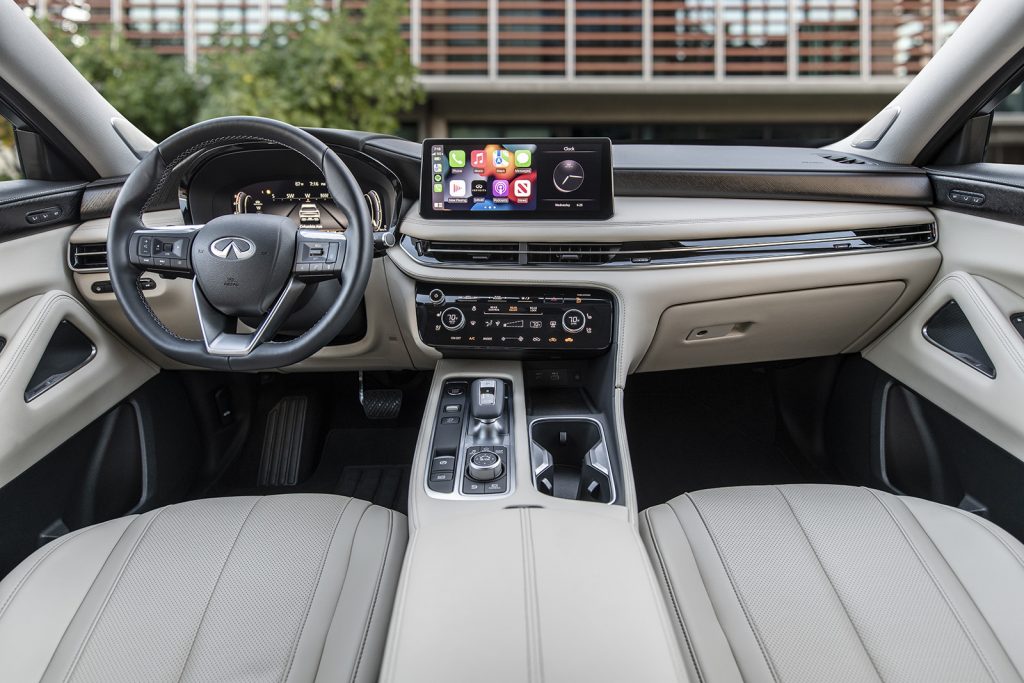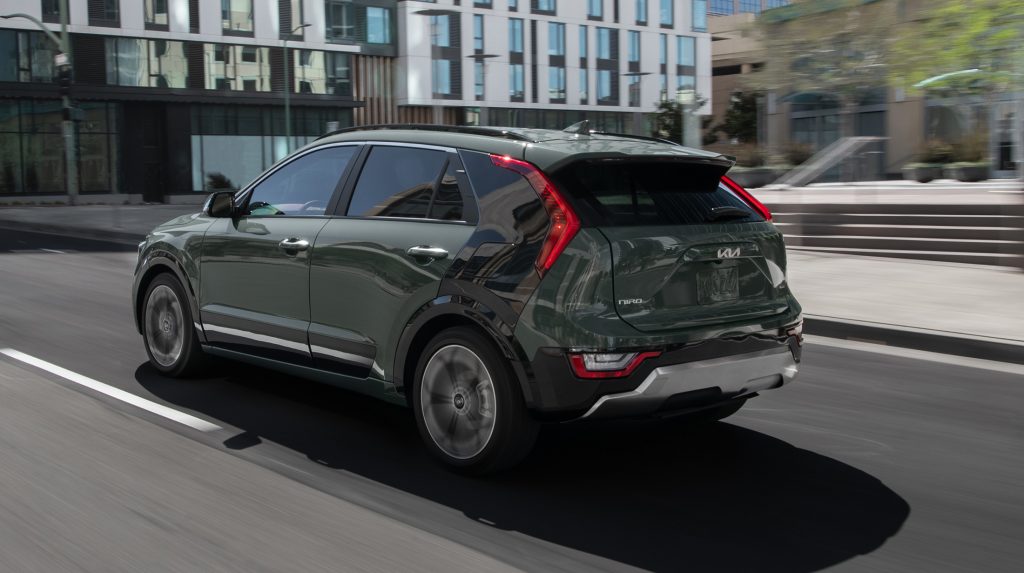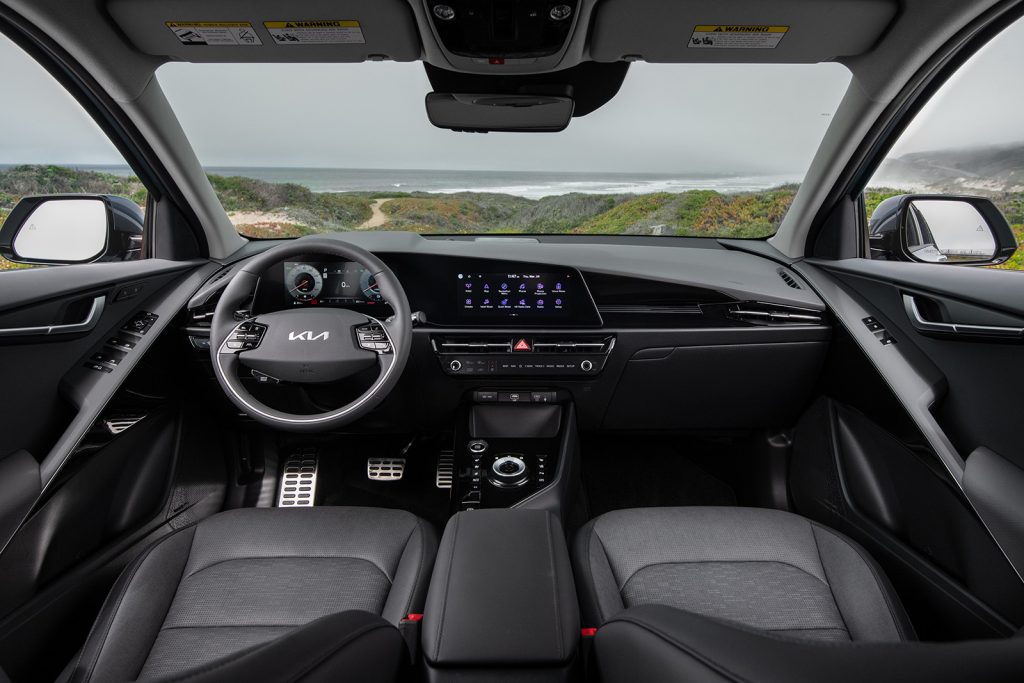Cargazing
By Derek Price
When you test drive a different car every week, they don’t always fit your life.
You might get a Miata when you need to haul furniture, or maybe a dually pickup when you’re spending most of the week in a dense urban core.
This week, though, the stars aligned.
Infiniti handed me the keys to a new QX60 at the same time I’d planned a road trip to Arkansas, meaning I had the perfect tool for the job.
The QX60, Infiniti’s second largest SUV, is the ideal size to haul lots of luggage and have room left to stretch in the cabin without wasting too much gas. It’s rated for 25 mpg on the highway with all-wheel drive, which isn’t bad for a vehicle with a cavernous cargo area when you fold down the third-row seat.
It’s also a spectacularly comfortable place to spend time on the interstate.
With a squishy marshmallow suspension and fortress-like insulation from wind and road noise, it feels nearly as flawless and blissful as the bigger, pricier, thirstier QX80.

Infiniti’s QX60 is an ideal road-trip vehicle with three rows of seating, a feature-packed cabin and a quiet, comfortable ride.
Even better, my tester was a loaded Autograph edition with quilted leather seats that are heated, ventilated and able to electromechanically massage you when your back gets sore. It’s ecstasy when you’re spending hours on the road.
Power comes from a 3.5-liter V6 that is silky enough to be a perfect fit for the QX60’s comfort-oriented mission. It makes 295 horsepower, which feels ample without crossing the line into obscene overkill.
Pricing ranges from $49,650 for the base model, called Pure, up to $66,100 for the Autograph with all-wheel drive. Every version can be fitted with either front- or all-wheel drive, and they all come with the same engine and silky nine-speed transmission.
That means the more affordable versions of the QX60 are an exceptionally good deal, assuming it’s possible for a luxury-car splurge to be a bargain. It’s thousands cheaper than a comparable Mercedes-Benz or BMW, yet it still has head-turning good looks and a roomy cabin that pampers its lucky occupants.
Infiniti also sweetens the deal with Premium Care on every 2023 vehicle it sells, which includes up to three years of oil changes, tire rotations and inspections.
Personally, I love the QX60 because it doesn’t seem overly excessive, but that could also be a downside in a luxury SUV market where excess is a selling point.
Optional V8 power and a body that feels heavier, like driving around in a bank vault, would deliver more of a “wow” experience in a category where that matters.
Instead of just being indulgent, the QX60 is indulgent and reasonable at the same time. It has a sumptuous enough cabin and tech features to spoil drivers and passengers, including a 12.3-inch touchscreen and a well-sorted driving assistance suite. Yet its sub-$50,000 pricing means it’s somewhat attainable.
Floating down Interstate 30 while getting a back massage and listening to peaceful music burble up from 17 Bose speakers, I see exactly why people are willing to splurge on a luxury vehicle like this.
At A Glance
What was tested? 2024 Infiniti QX60 Autograph AWD ($66,100). Options: Lighting package ($795), Infiniti radiant grille emblem ($455), premium paint ($695). Price as tested (including $1,195 destination charge): $69,240
Wheelbase: 114.2 in.
Length: 198.2 in.
Width: 86 in.
Height: 69.7 in.
Engine: 3.5-liter V6 (295 hp, 270 ft. lbs.)
Transmission: Nine-speed automatic
Fuel economy: 20 city, 25 highway
RATINGS
Style: 9
Performance: 8
Price: 7
Handling: 7
Ride: 8
Comfort: 9
Quality: 8
Overall: 8
Why buy it?
With a starting price under $50,000, the QX60 feels both indulgent and attainable. It’s got a sumptuous cabin, ample power and good looks, all while still getting reasonable gas mileage.





